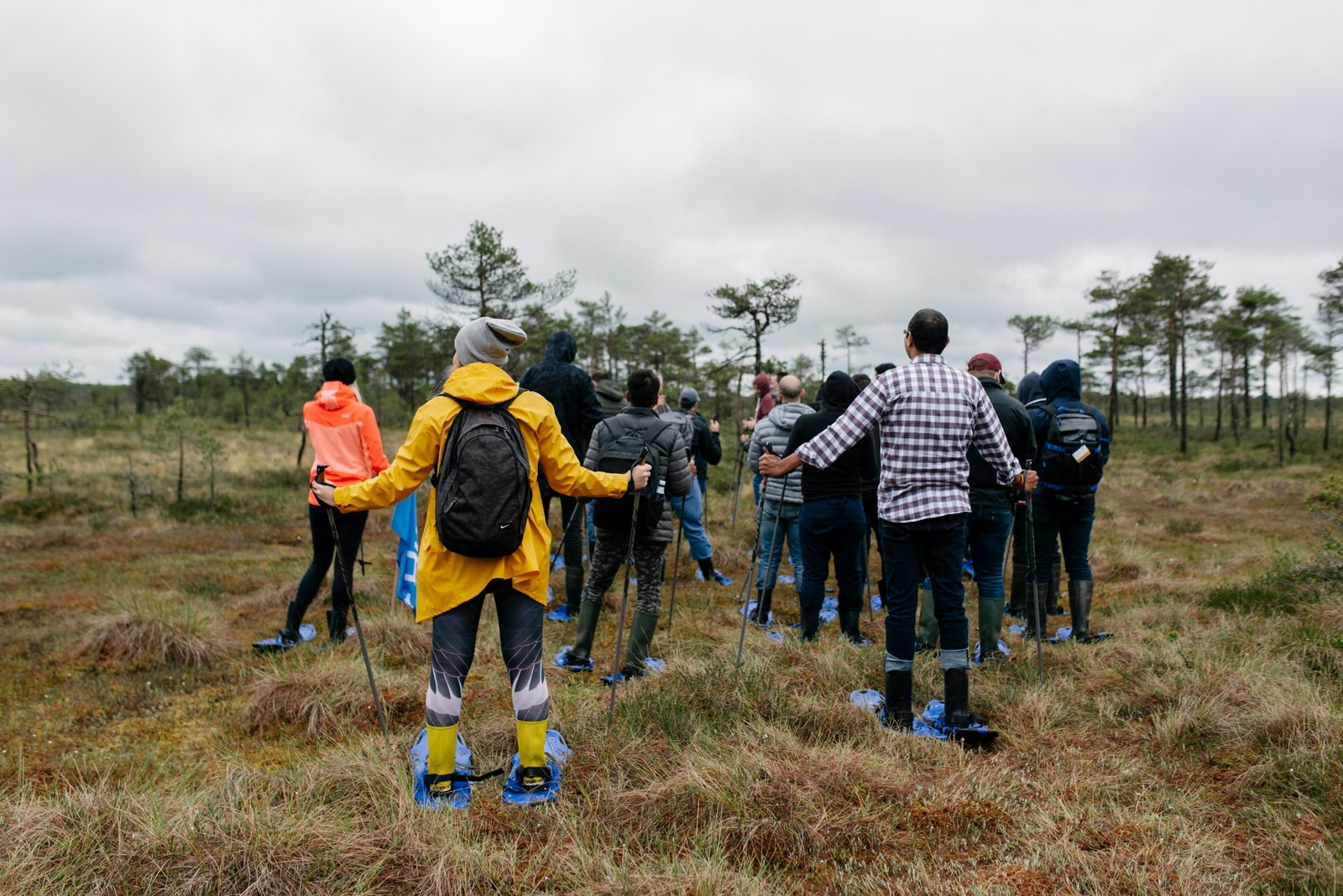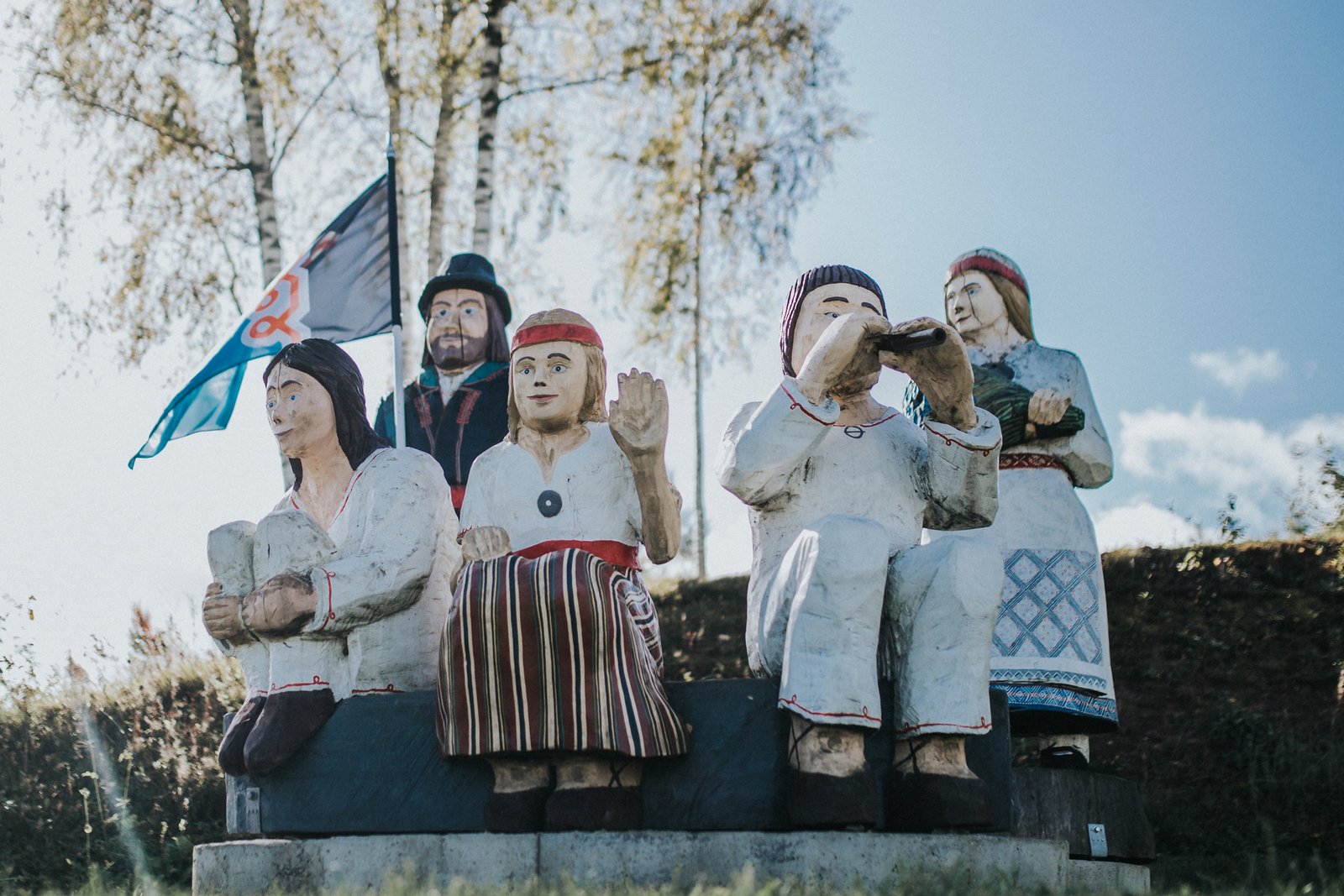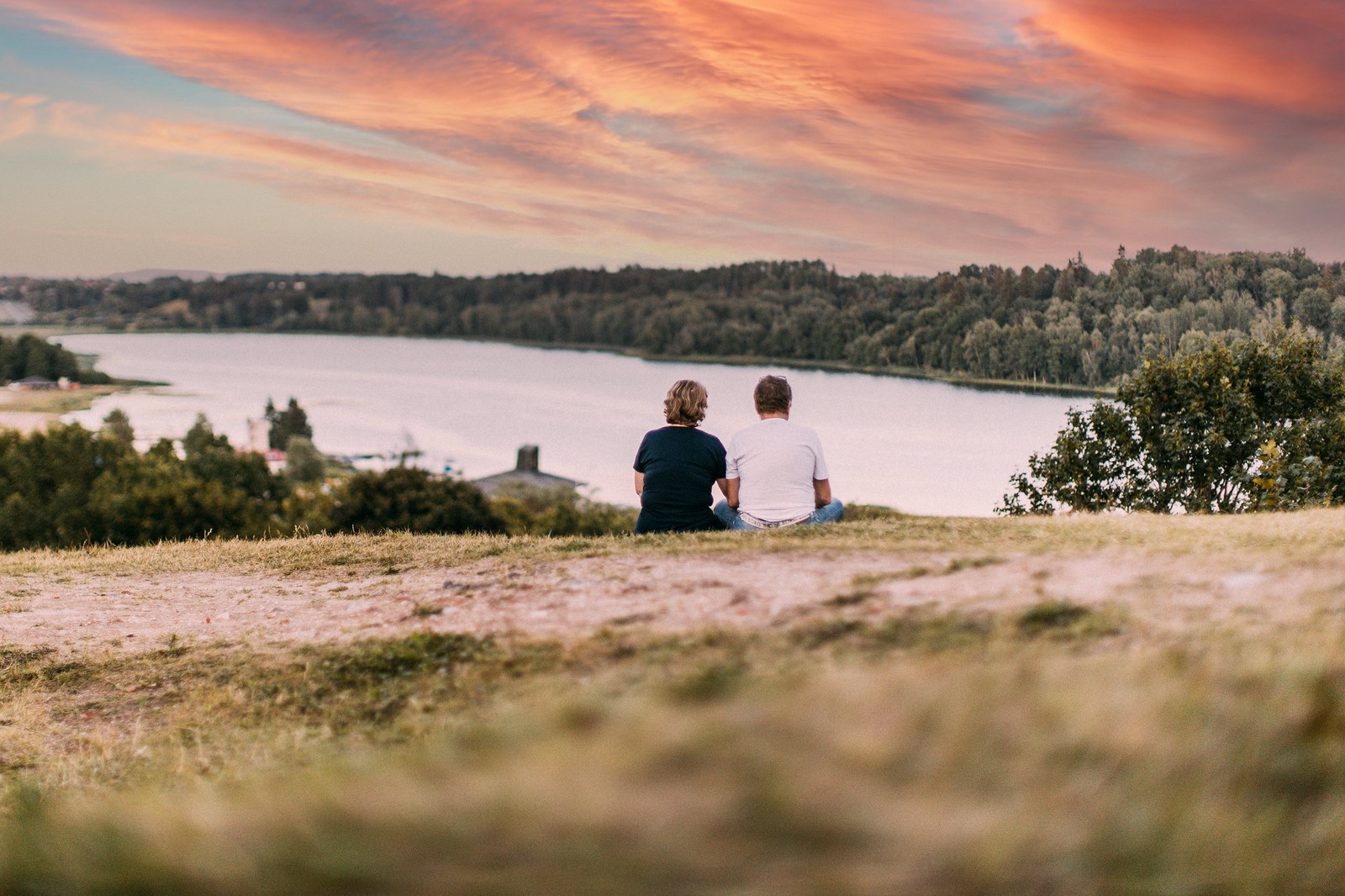
Bogshoeing at the Loosalo bog in Northern Estonia. Photo by: Patrik Tamm / Visit Estonia
The Baltic Chain of 1989 is probably
the best known mass protest of the
independence restoration era in the Baltic
states. Over a million people from the three
Baltic states formed a 700 km human chain
by standing next to one another, holding
hands, to express mutual longing for
freedom for Latvia, Lithuania, and Estonia.
A true individualist would have come up
with something a little less crowded…
There is a joke about Estonians: In front of
the elephant cage at the zoo, an American
thinks, ‘If I sold the animal, I’d get a lot of
money’. A person from Japan thinks, ‘How
is this animal built?’ An Estonian thinks,
‘What does the elephant think of me?’
On the one hand, concern regarding your
image makes you try harder and be better.
On the other hand, maybe Estonians are
not quite the loners and individualists they
let on to be.
It is safer to do big things
together, and cooperation is nothing to
be ashamed of. So, if you see a lonely
Estonian, do not think they want to be
alone – maybe they just haven’t found
anyone with whom to do something.
BACK TO ALL QUESTIONS


